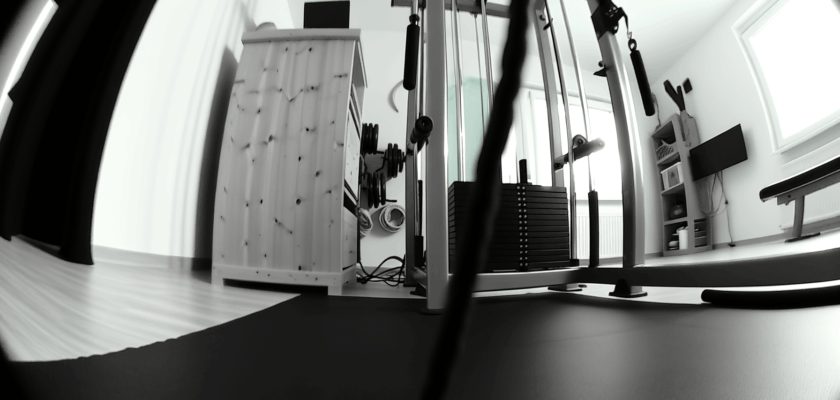Maintaining home gym equipment is essential to ensure both safety and longevity. Among the critical components requiring regular attention are cables and pulleys, which play a vital role in the smooth operation of many workout machines. Neglecting these parts can lead to equipment malfunction or injury, making routine inspections a necessary practice for any home fitness enthusiast.
Inspecting Cables for Wear and Tear in Home Gyms
Cables in home gym machines endure constant stress and friction during workouts, which makes them susceptible to wear over time. Regular inspections should focus on identifying fraying, kinks, or broken strands, as these are signs of cable weakening that can lead to sudden failure. Using a flashlight to carefully examine the entire length of the cable can help spot early damage that might otherwise go unnoticed.
Beyond visible damage, it’s important to check for stiffness or rough spots along the cable, which indicate internal corrosion or debris buildup. These issues may reduce the cable’s flexibility and smoothness, impairing the machine’s performance and increasing the risk of snapping under load. Lubricating cables as recommended by the manufacturer can help minimize friction but should be done only after inspection confirms no serious damage.
Finally, the cable’s attachment points, such as clamps or crimps, require scrutiny. Loose or damaged fittings can compromise the integrity of the entire cable system. If any defect is found during these checks, it is advisable to replace the cable promptly rather than risk continued use, which could result in equipment failure or personal injury.
Evaluating Pulley Functionality and Alignment Safely
Pulleys are the mechanical heart of many home gym machines, guiding cables smoothly through their range of motion. Evaluating pulley functionality begins with checking for any unusual noises such as squeaks or grinding, which may indicate worn bearings or insufficient lubrication. Rotating pulleys by hand can reveal stiffness or resistance that suggests the need for maintenance or replacement.
Proper pulley alignment is crucial to prevent cable wear and ensure the machine operates as intended. Misaligned pulleys cause cables to track improperly, increasing friction and accelerating damage. By visually inspecting pulley positioning and observing cable movement during operation, users can detect any deviations. Adjustments should be made according to the manufacturer’s instructions, often involving loosening mounting bolts and repositioning the pulley wheel.
Safety is paramount when working with pulleys, as improper handling can lead to injury. Make sure to disconnect the machine from any power sources and release tension on cables before attempting maintenance. Using appropriate tools and following safety guidelines will help maintain pulley performance and extend the life of home gym equipment.
Routine checks of cables and pulleys on home gym machines are key to preserving equipment functionality and user safety. By proactively inspecting cables for damage and ensuring pulleys are functioning and aligned correctly, home gym users can prevent accidents and costly repairs. Consistent maintenance not only protects your investment but also supports a reliable and effective workout experience.

